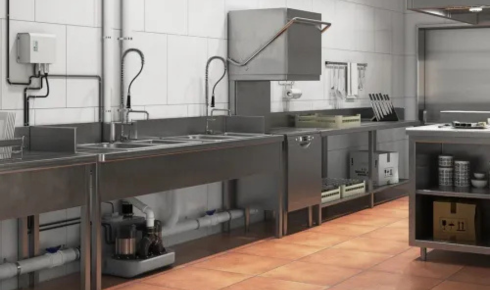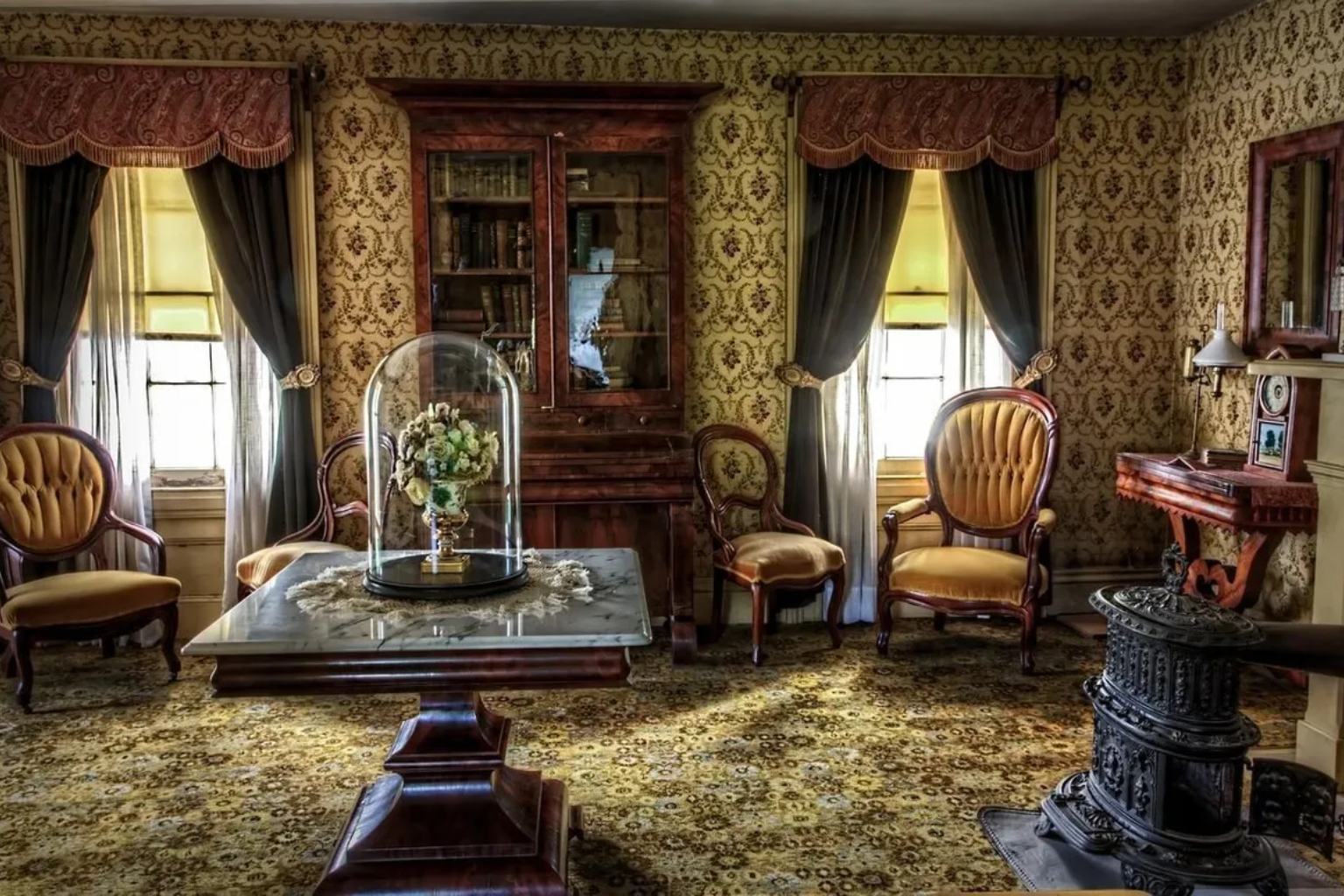In today’s world, a home office is more than just a space for work—it’s a reflection of your style and an essential part of your productivity. Designing a functional and stylish home office involves careful planning and consideration to balance aesthetics with practicality. Here’s a comprehensive guide to help you create a home office that is both functional and visually appealing.
1. Determine Your Needs and Space
The first step in designing a home office is to assess your needs and available space. Start by evaluating how much space you have and what you need from the office. Are you a freelancer who needs a dedicated work area, or do you need a multi-functional space that can also serve as a guest room? Understanding your requirements will help you make informed decisions about furniture, layout, and decor.
Space Considerations:
- Size: Measure the space to determine what furniture will fit comfortably.
- Location: Choose a quiet area with minimal distractions. If space is limited, consider using a corner of another room or a spare closet.
2. Choose the Right Furniture
Furniture selection is crucial for both functionality and style. Opt for pieces that enhance your productivity and comfort while complementing your home’s decor.
Essential Furniture:
- Desk: Select a desk that fits your needs, whether it’s a minimalist desk for a small space or a larger one with ample storage. Consider a standing desk if you prefer flexibility.
- Chair: Invest in an ergonomic chair that supports good posture and long hours of sitting.
- Storage: Use shelves, filing cabinets, or bookcases to keep your office organized. Floating shelves can save space and reduce clutter.
Stylish Touches:
- Color and Material: Choose materials and colors that match your home’s aesthetic. A wooden desk can add warmth, while a glass desk offers a modern look.
- Accessories: Incorporate stylish desk accessories, such as a desk lamp, organizers, and decorative items that reflect your personality.
3. Optimize Lighting
Lighting plays a significant role in creating a productive workspace. Good lighting reduces eye strain and sets the right mood for work.
Types of Lighting:
- Natural Light: Position your desk near a window to benefit from natural light. It can improve mood and energy levels.
- Task Lighting: Use a desk lamp or adjustable light to illuminate your work area directly. Choose LED lights for better visibility and energy efficiency.
- Ambient Lighting: Ensure the room is well-lit with ceiling lights or floor lamps to reduce shadows and create a pleasant work environment.
4. Incorporate Technology
Incorporating the right technology can enhance your productivity and make your home office more efficient.
Tech Essentials:
- Computer: Choose a computer that meets your needs, whether it’s a high-performance desktop or a sleek laptop.
- Printer and Scanner: If you need to print or scan documents regularly, invest in a reliable all-in-one printer.
- Cable Management: Use cable organizers or clips to keep cords and cables tidy and prevent clutter.
Smart Additions:
- Voice Assistants: Consider using voice assistants like Alexa or Google Assistant to manage tasks and set reminders.
- Ergonomic Accessories: Invest in a keyboard tray, monitor stand, or laptop dock to improve your workstation setup.
5. Personalize Your Space
Adding personal touches to your home office can make it more inviting and inspiring.
Decor Ideas:
- Artwork: Hang artwork or motivational posters that inspire you and align with your taste.
- Plants: Incorporate indoor plants to bring a touch of nature into your workspace. Plants like succulents or snake plants are low-maintenance and add freshness.
- Color Scheme: Choose a color scheme that resonates with you. Soft, neutral tones can create a calming atmosphere, while bold colors can energize and stimulate creativity.
Functional Decor:
- Bulletin Boards: Use a bulletin board or whiteboard to keep track of important tasks and deadlines.
- Customized Organizers: Invest in personalized organizers or desk accessories that match your style and needs.
6. Ensure Ergonomics
Creating an ergonomic workspace is crucial for your health and productivity. Proper ergonomics prevent strain and injury, especially if you spend long hours working.
Ergonomic Tips:
- Desk Height: Ensure your desk height allows your elbows to rest at a 90-degree angle while typing.
- Chair Adjustment: Adjust your chair so your feet are flat on the floor and your knees are at hip level.
- Monitor Position: Position your monitor at eye level to reduce neck strain. Use a monitor stand if necessary.
7. Maintain Organization
A well-organized workspace enhances productivity and reduces stress. Implement systems to keep your home office tidy and functional.
Organization Strategies:
- Declutter Regularly: Regularly clear out unnecessary items and keep only what you need within reach.
- Labeling: Use labels on storage boxes and files to quickly locate documents and supplies.
- Daily Cleanup: Spend a few minutes at the end of each day tidying up your workspace to start fresh the next day.
8. Create a Comfortable Environment
Your home office should be a space where you feel comfortable and focused.
Comfort Considerations:
- Temperature Control: Ensure the room is well-ventilated and maintains a comfortable temperature. Use a fan or heater if necessary.
- Soundproofing: If noise is a concern, use soundproofing materials or noise-canceling headphones to create a quieter workspace.
- Seating Comfort: In addition to an ergonomic chair, consider adding a cushioned seat pad for extra comfort.
9. Integrate Storage Solutions
Effective storage solutions help keep your office clutter-free and organized.
Storage Options:
- Shelving Units: Install wall-mounted or free-standing shelves to store books, files, and decorative items.
- Drawer Organizers: Use drawer organizers to keep office supplies and documents sorted and easily accessible.
- Multi-functional Furniture: Consider furniture pieces with built-in storage, such as desks with drawers or ottomans with hidden compartments.
10. Maintain a Balance
Finally, aim to balance functionality with style. Your home office should be a space that not only meets your work needs but also reflects your personal style.
Achieving Balance:
- Mix and Match: Combine different styles and materials to create a unique and personalized workspace.
- Regular Updates: Refresh your office decor and layout periodically to keep the space inspiring and aligned with your changing needs.
By following these tips, you can design a home office that is both functional and stylish, enhancing your productivity and creating a pleasant work environment. Whether you’re working from home full-time or just need a dedicated space for occasional tasks, a well-designed home office can make a significant difference in your work-life balance.




